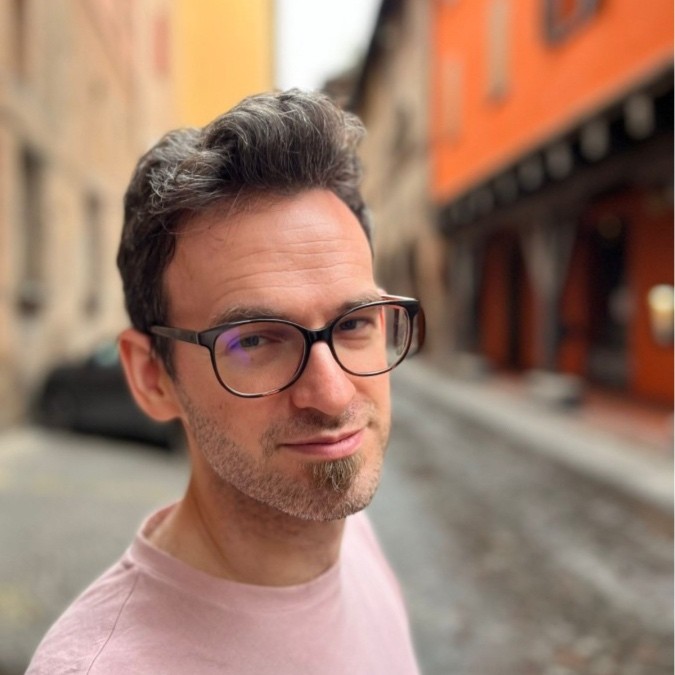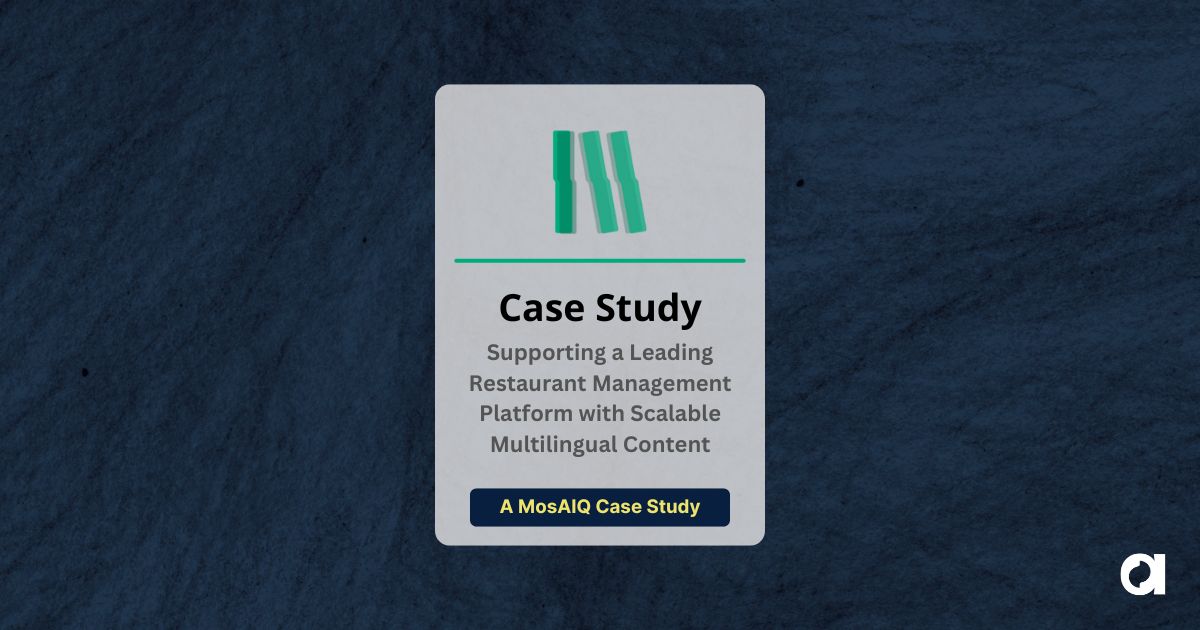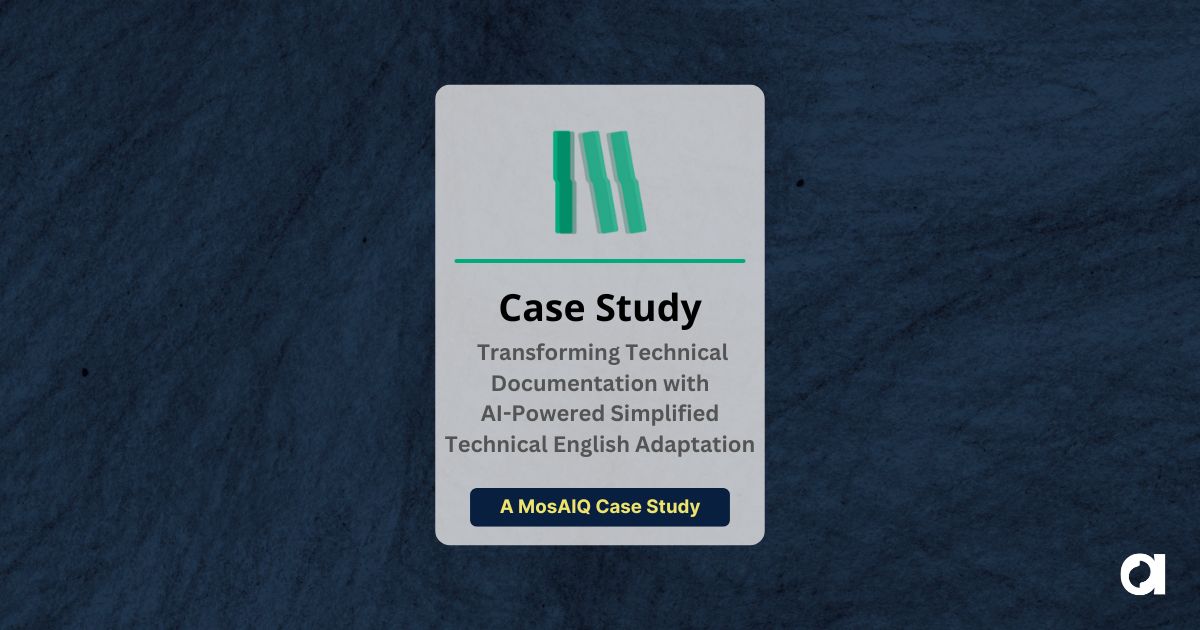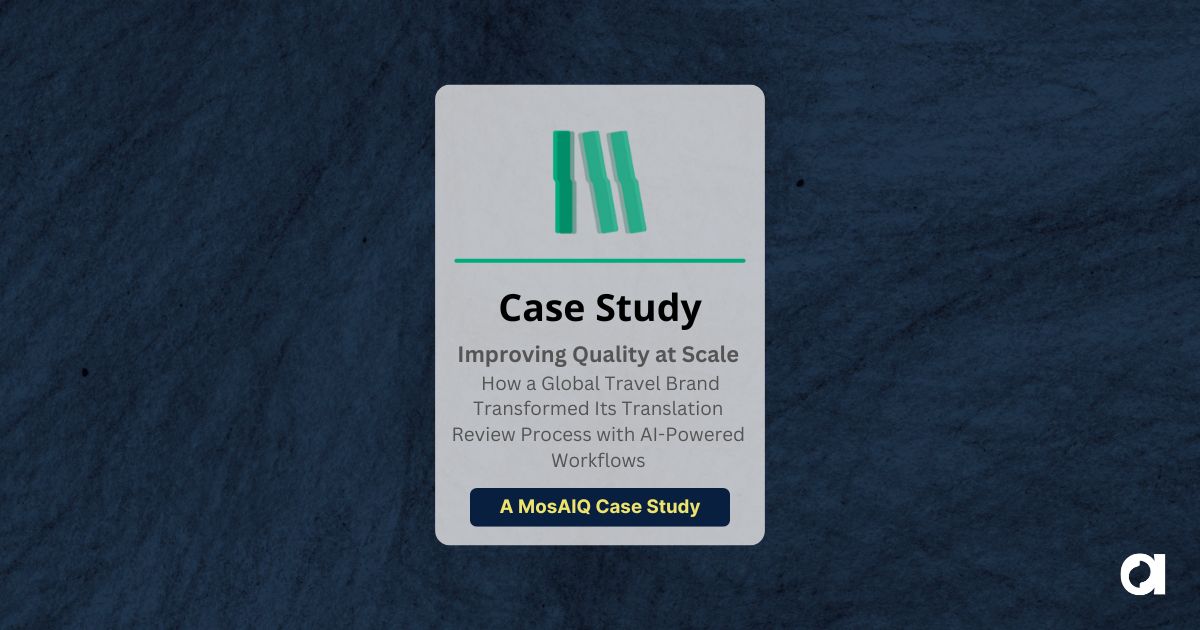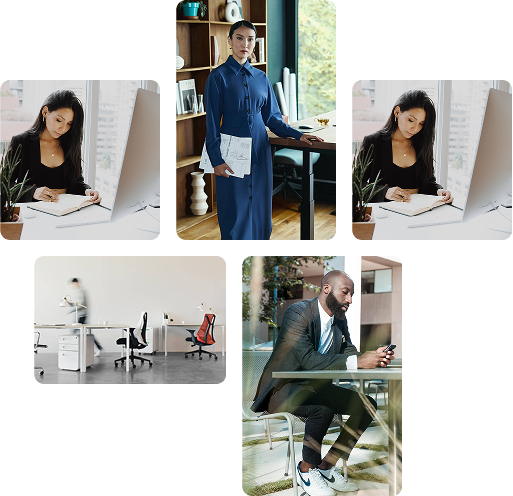Between October 14 and 16, the Argos Multilingual team once again traveled to the marquee industry conference, LocWorld54, in cool, sunny Monterey. Another conference on the circuit, another strong showing for our team, and an event packed with learnings and experiences.
As before, we bring you the short and long of it, in case you missed out.
Too Long; Didn’t Read
Let’s start with the major beats of what was another fine, impeccably organized conference.
- It feels like collectively, we’re raising the floor of what this industry is capable of. More on this in a second, but based on what people were sharing and almost three years into the GenAI portion of our lives, it is evident that AI forcing us to re-learn our alphabet and reexamine the way of doing things has helped to create a new baseline of localization operations, skills required to run them, stakeholder expectations, and amplified reach/potential outcomes that were impossible before GPT and friends entered the scene.
- If you’re looking for major innovations or breakthroughs, keep looking. Those weren’t on display at LocWorld, but that’s not necessarily where you’d look for them either. One of the highlights of the show, the Process Innovation Challenge (or PIC, more on it below), was a good example of people getting on stage to showcase incremental steps toward learning to live with AI and harnessing it for more efficiency or better accessibility. No matter how loud people wonder about it, the big industry reset button hasn’t been ceremonially unveiled at LocWorld.
- Talking about incremental steps on the evolution ladder: Everyone is a little smarter. A little more efficient. A little more knowledgeable. A little more tired. Individually, and collectively, this industry has reached the point where we’re pretty close to having mastered GenAI: We’re able to articulate what humans do as opposed to what the machine does. We’ve tested what AI is good for and its limitations, and we keep expanding them. We’re still fighting for the elusive ‘Yes’ from our managers and keeping burnout at bay. The more things change, the more they stay the same.
Still curious? Let’s unpack what actually went down in Monterey.
A new baseline for localization in the AI-crazed era
Let’s start with arguably the major takeaway — we’ve established a new baseline of what localization teams can do with AI. In our LocWorld53 recap from Malmö, Sweden, we reported that companies are actively building around AI. Just a few short months later, the fruits of the labor are there to see among those who presented.
Whether teams call their AI-augmented operations ‘agentic’, ‘autonomous’, or ‘automated’, AI is now a core component of the modern-day localization program.
Its range is broad — and still expanding — from automating processes to allowing teams to do more with less to helping to scale up their operations across many languages and content types (e.g., Pinterest in the Language Ops: Operationalizing Enterprise AI Translation at Scale session presented by Ella Petlicka) or helping teams create more language- and culture-tailored variants of UX/UI copy (e.g., Julie Mack from Uber in the Every User in Every Language: How to Balance Human and AI Effectively session).
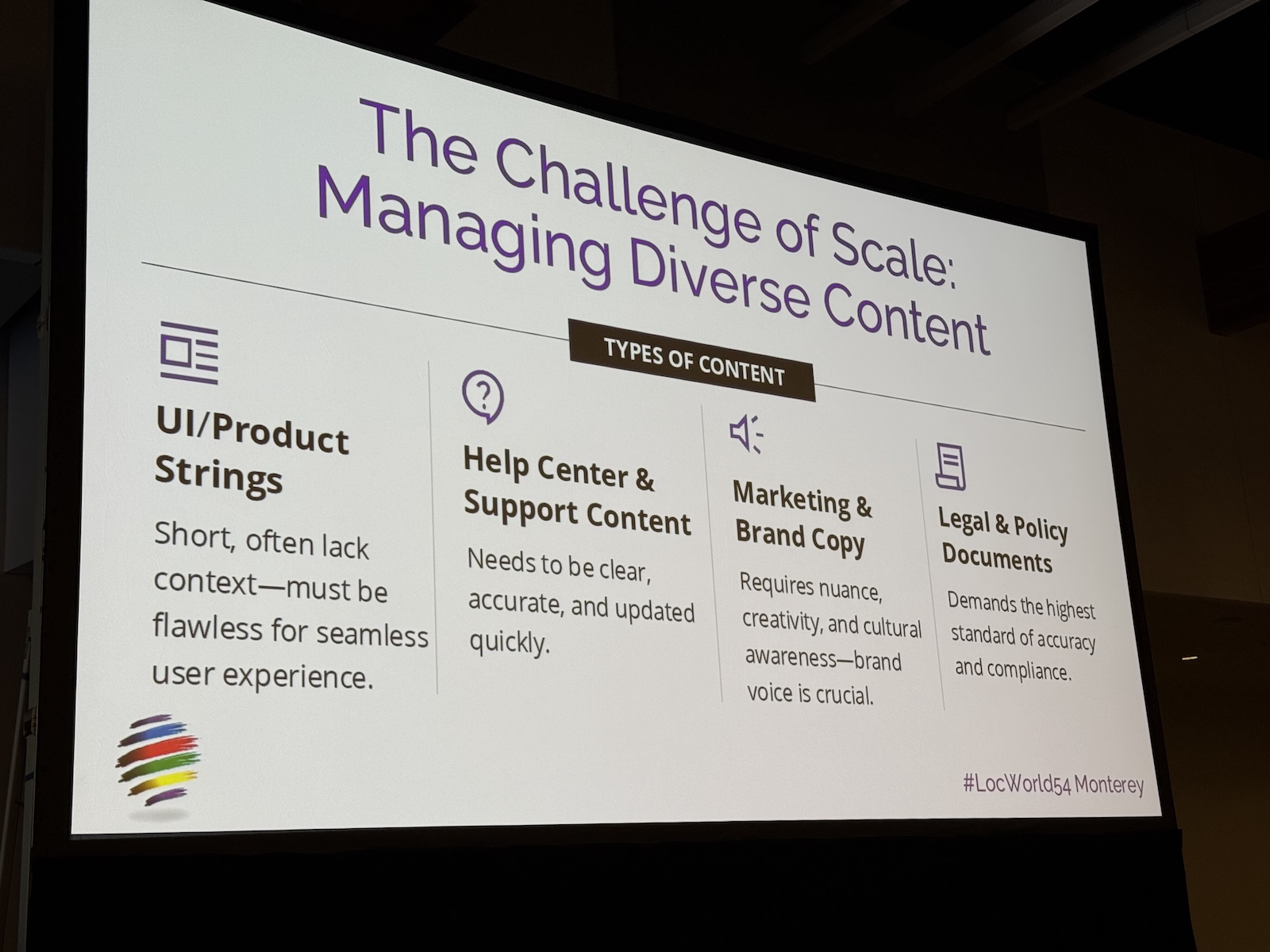
It’s becoming clearer with each conference: If you want an indication of where the industry is headed, you need look no further than what the buyer-side localization teams are doing. They’ve become the bellwether of our industry’s fortunes.
As the varied presentations and use cases at LocWorld54 attest, they’ve risen to the mandates from their C-suites, implementing AI in ways that benefit the company, sure, but also the end-user. Intelligent, thoughtful, and mindful of both their stakeholders’ requests and their end-users’ desires. Implemented in a way that doesn’t dilute the craft of their work — in fact, it underscores their importance within the global company.
The more things change, the more they stay the same
The evolution is chugging along. As we continue to blaze a new trail into the future, though, some facets of doing business remain the same.
For example, a couple of presentations addressed age-old challenges for teams across the spectrum — from aligning strategic objectives and fostering partnerships, as explored by Peter Coleman of CSA Research in Partnering: Why Provider–Enterprise Alignment Matters in the Post-Localization Era, to securing a ‘Yes’ from your stakeholders. The latter was the object of an interactive keynote/workshop expertly guided by four industry luminaries, Jean-Francois Vanreusel (Adobe), Sonia Oliveira (Executive Advisory), Kathleen Pierce (Forrester), and Eva Klaudinyova (MIIS).
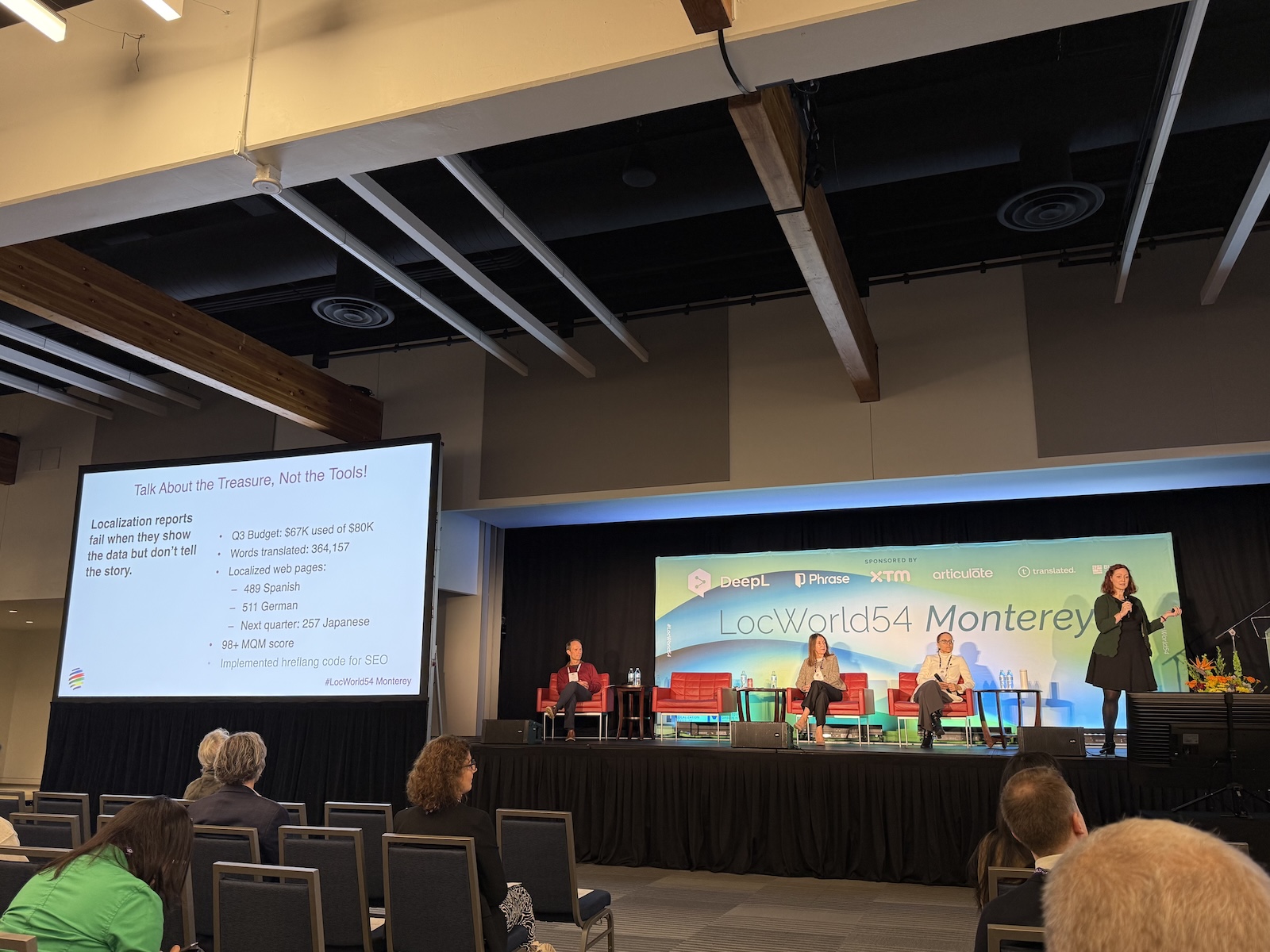
This session was the LocWorld experience at its best — bringing together experts who dug deep into their bag of tricks and shared their experiences with the audience in a structured and thoughtful way.
Such sessions matter all the more today: You might be expecting flash and AI to steal the headlines, but the crux is that localization remains a business function like any other. Its objective may be ennobling (i.e., connecting global audiences and creating memorable user experiences). Still, it is beholden to the company and its motions: business transformation, growth/evolution, talent expansion/churn, and internal alignment.
And this is really why you go to a conference such as LocWorld: It is the place where you absorb practical, lived experiences across a broad range of topics that you draw inspiration from when you return to your work desk. It never gets old.
The stories we tell
The sensation is one of steps forward. Perhaps timid or small, but certainly purposeful ones, too.
A brilliant example was the PIC, which is quickly becoming a centerpiece of the LocWorld format (it may have even overshadowed the conference keynote this time). This session pits six contestants against each other, each presenting the latest technological development they or their company has worked on. Expertly coached by Dave Ruane (Lion People Global) and Marina Pantcheva (RWS), here’s what you need to remember:
- The winner (and deservedly so) was Sheriff Issaka of African Languages Lab (All), who presented MansaLLM, an LLM built for Africa, by Africans. It’s an LLM currently available in some 25 African languages, with more planned in the future. It’s a fantastic example of technology built to enable access. Sheriff’s and All’s story is one the industry should take note of.
- This was the best PIC to date, with each contestant displaying strong presentation skills. This wasn’t accidental — they came prepared. But this is what really stands out from this latest PIC edition: the power of the story.
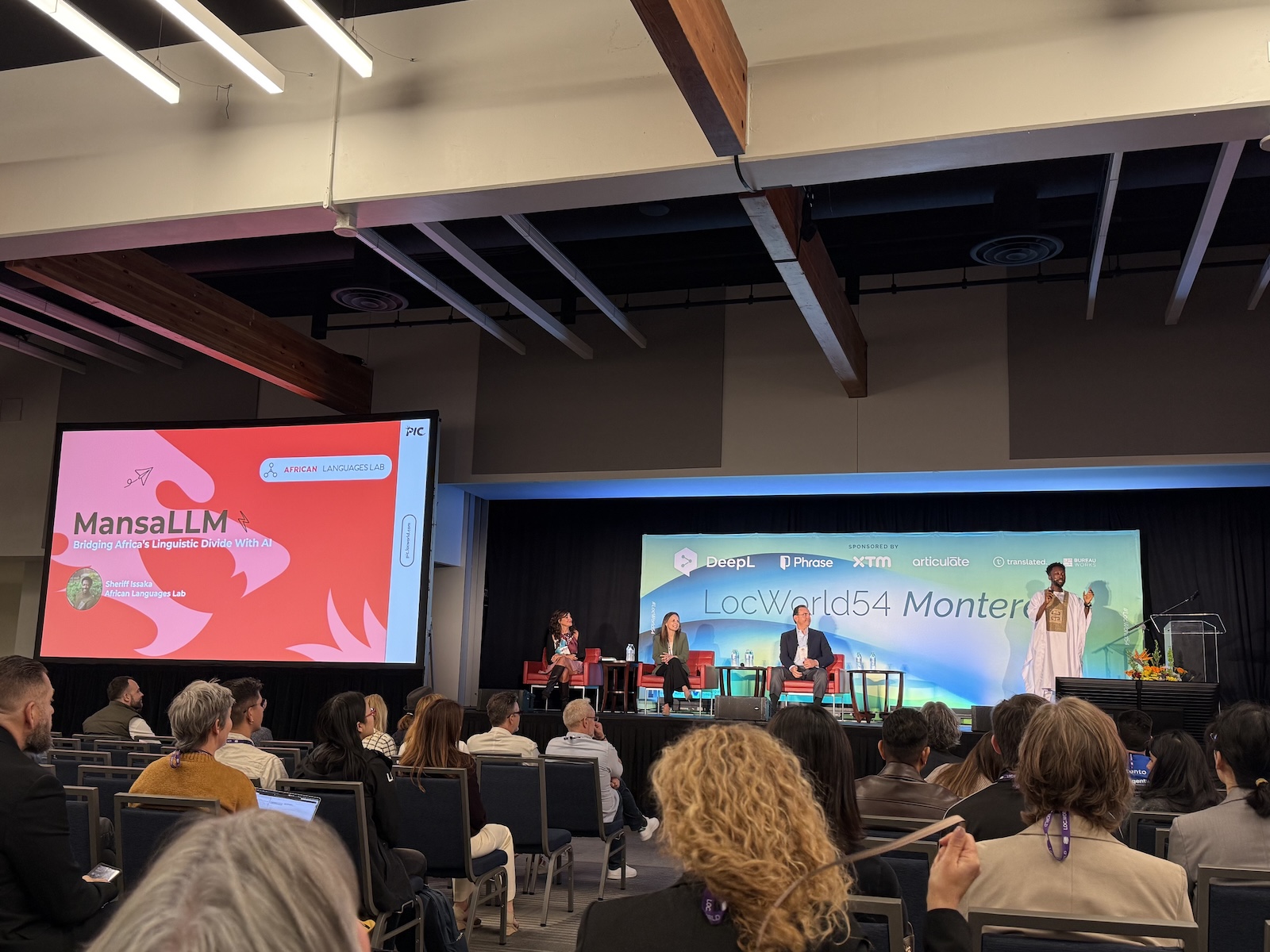
While the contents were inherently interesting, what made the memory stick was the narratives the contestants crafted about why their work matters and what their innovations can achieve.
This was a small-scale example of something everyone in the industry should take to heart: It’s not how the sausage is made that keeps people around and listening to us talk about translation, localization, etc. — it’s the story we weave around our craft.
So then, here’s to more stories to come!
The Argos side of the story
As in previous conferences, our team was on the ground, facilitating conversations and asking thought-provoking questions.
Erik Vogt, Argos’ Solutions and Innovations Director, was literally everywhere, as a speaker at the Multilingual AI Round Table workshops the day preceding the main conference, and then moderating a session on the first day titled Atlas Unplugged: Navigating the Build vs. Buy TMS Dilemma in which Block presented an internal reinvention of their internal localization management solution, followed later that day with a 40-min deep dive into Solutions Design titled Ask Better Questions: Practicing Solutions Design in a Complex World in which he laid out a framework for solutions excellence starting with, you guessed it – asking better questions.
Antoine Rey moderated the Bigger, Better, Faster preconference workshop on aligning with stakeholders who demand AI, all the while ensuring localization teams are seen as the revenue contributors they are. They went broad and deep, from discussing tactics to concrete examples of what works and what does not work.
Gabriel Karandysovsky moderated a panel with Julia Cassidy (SurveyMonkey), Jose Palomares (Coupa), Mika Pehkonen (Gitlab), and Min Tan (Google) titled The AI Maturity Journey: There’s No Autopilot (Yet) that discussed the concept of AI Maturity and just how we’re been growing smarter — maturing, as it were — alongside AI. They’ve also covered some of the less glamorous aspects of our journey with AI: the hustle, chasing the cool shiny things, the fatigue, the burnout. Very human things.
And that’s perhaps the biggest takeaway from LocWorld54: the conference may revolve around technology and transformation, but at its heart, it’s still about people — meeting, learning from, and inspiring one another.
Here’s to more thoughtful conversations — and more proof that in the AI-first world, it’s the human connections that keep things moving forward. See you at LocWorld55.
 Argos Multilingual
6 min. read
Argos Multilingual
6 min. read
Multimedia localization once focused on language, layout, and timing. As of 2025, it also has to meet digital accessibility standards. With the EU Accessibility Act now in force, organizations are expected to make every digital asset, from videos and training programs to internal communications and eLearning courses, part of a broader accessible multimedia strategy. That […]

 Liz Dunn Marsi
8 min. read
Liz Dunn Marsi
8 min. read
Behind every smart AI system lies an enormous amount of teaching. Before it can spot patterns or make predictions, someone has to show it what to look for by providing thousands, or even millions, of examples. Those examples only become training material once they’re labeled and structured, a step called data annotation. Think about self-driving […]








